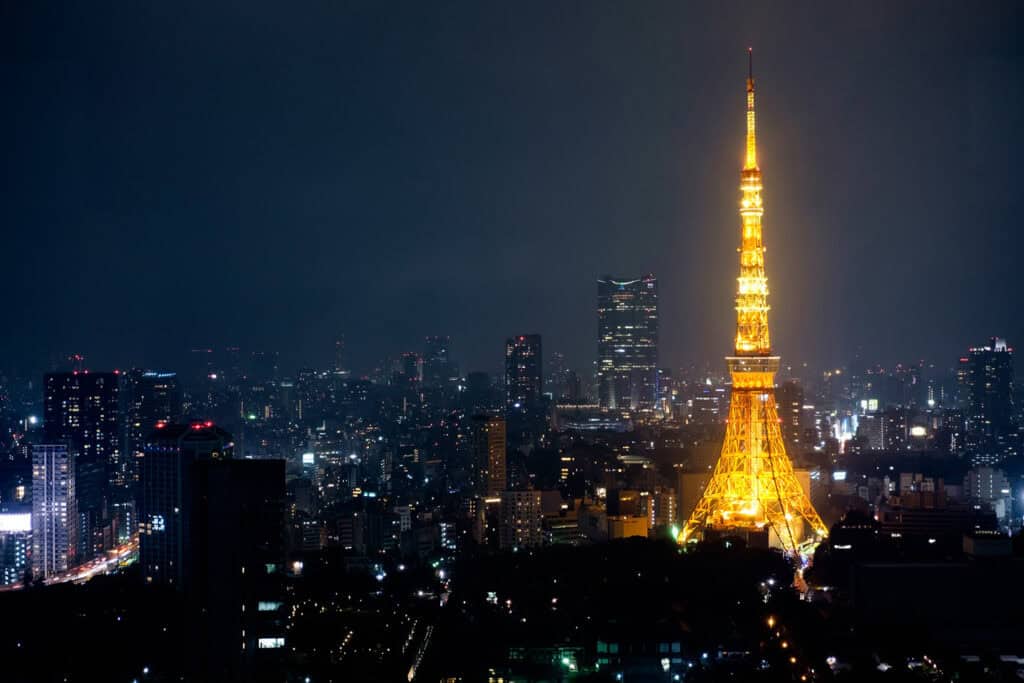
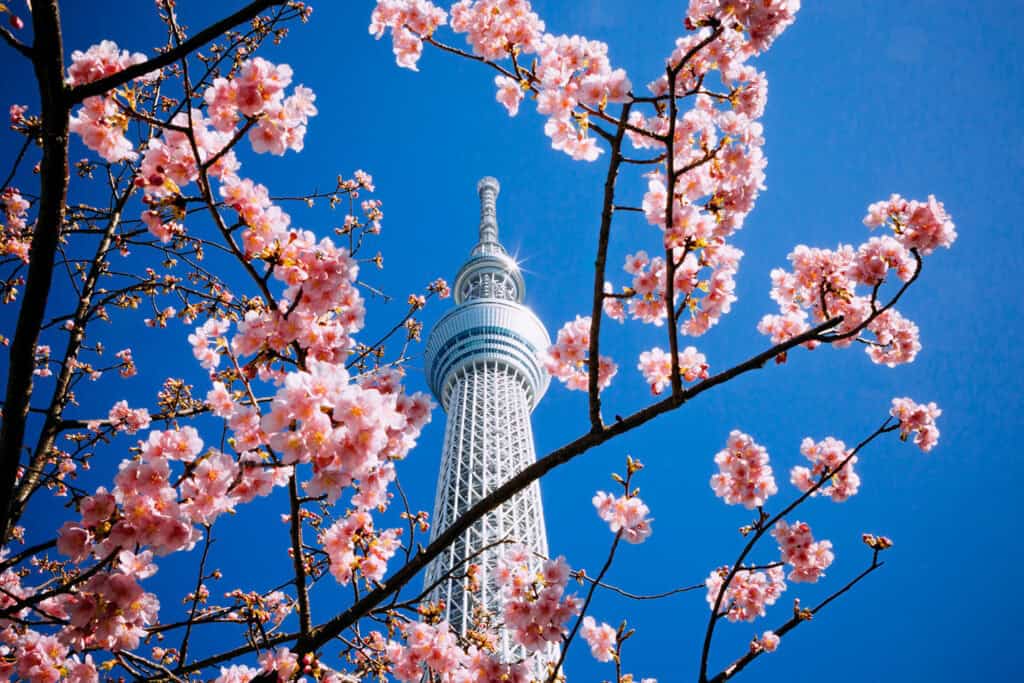
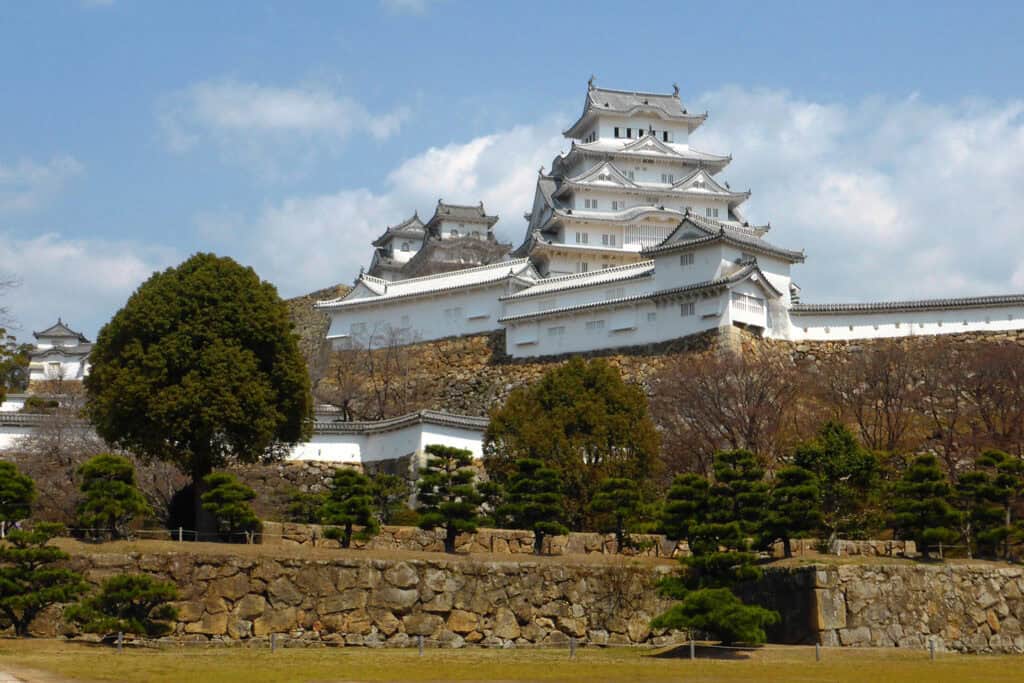
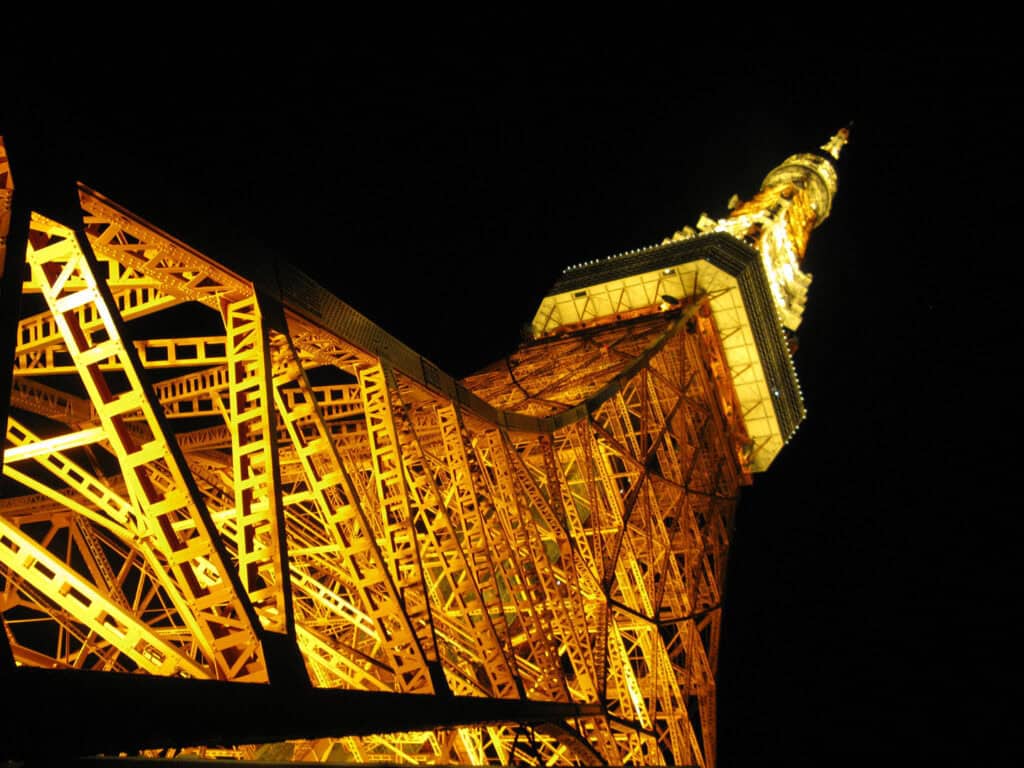
Have you ever wondered how ancient traditions and futuristic designs coexist in Japan’s architecture? As a traveler or architecture aficionado, discovering how Japan harmonizes its rich cultural heritage with modern innovation can be exciting and overwhelming. But you’re not alone in your exploration.
At Landmarks Architect, we specialize in unveiling Japan’s architectural marvels. With our guidance, you’ll navigate from timeless temples to cutting-edge skyscrapers with ease.
In this article, we’ll explore:
- Traditional Treasures: Kinkaku-ji, Himeji Castle, Todai-ji, and Itsukushima Shrine
- Modern Icons: Tokyo Skytree, Tokyo Tower, Fuji Television Building, Mode Gakuen Cocoon Tower, and Kyoto Station
- Contemporary Masterpieces: 21_21 Design Sight, The Sumida Hokusai Museum, and The Yoyogi National Gymnasium.
Eager to see how Japan’s past and future blend seamlessly? Dive in to uncover these architectural wonders that bridge history with innovation.
See Also Famous Buildings in Japan
Traditional Architecture

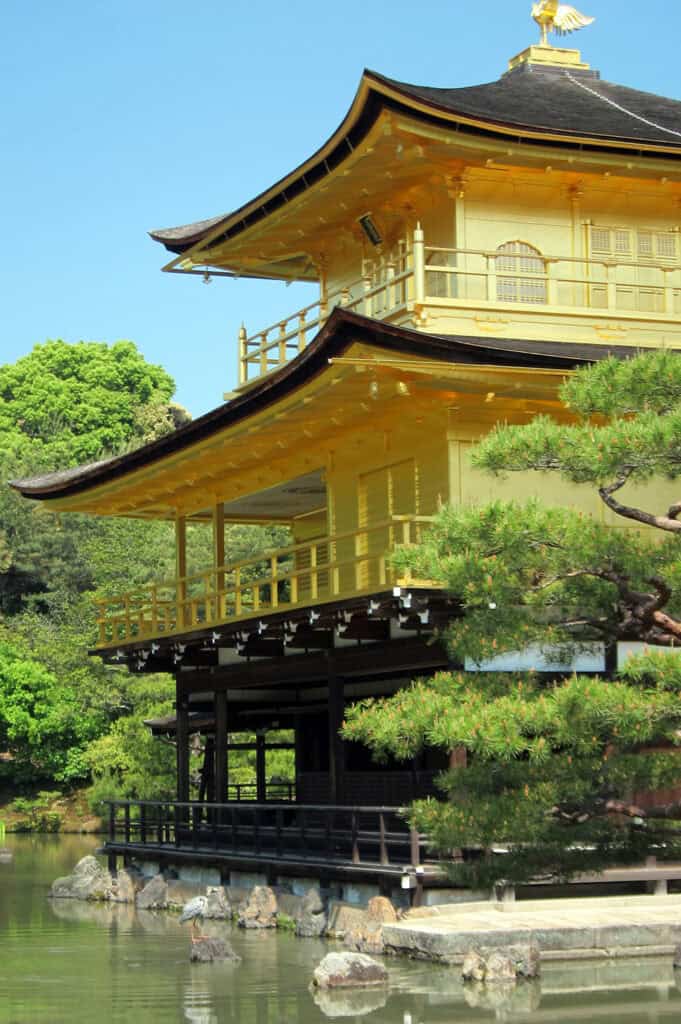
Japan has a rich history of traditional architecture, with numerous iconic buildings and ancient temples that are a testament to the country’s long history and unique cultural heritage.
Some of the finest surviving examples of traditional Japanese architecture can be found in the country’s natural environment, surrounded by rice fields, forests, and mountains.
1. Kinkaku-ji (Golden Pavilion)
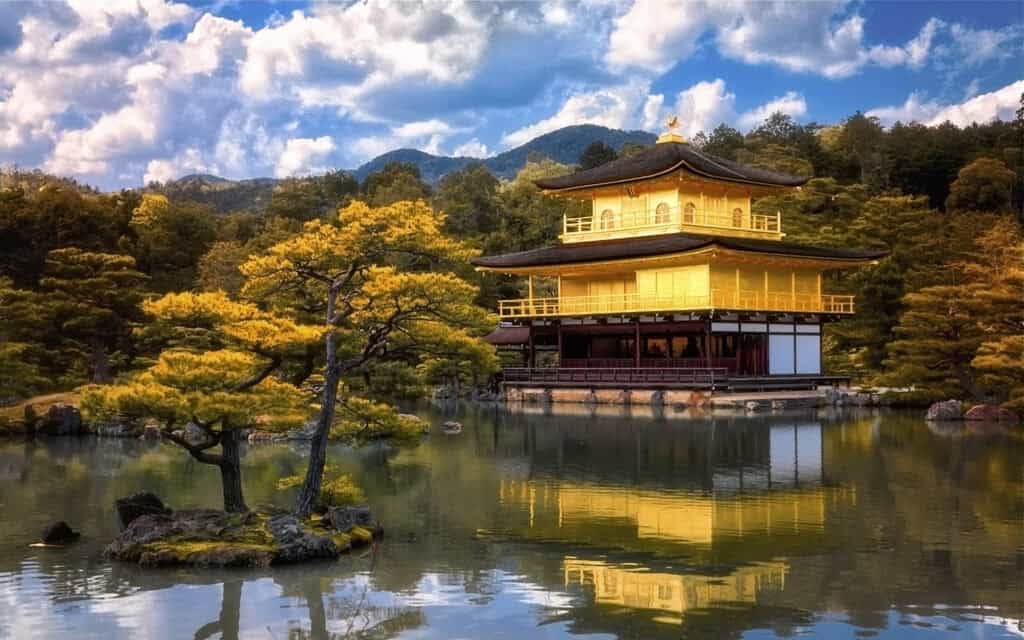
Kinkaku-ji is a Zen Buddhist temple in Kyoto that was originally constructed in the 14th century. The building is famous for its stunning gold leaf exterior and exquisite wooden interior design, which reflects in the surrounding pond, creating a breathtaking sight.
However, visitors cannot explore the individual rooms of the building, as the interior is not open to the public. Instead, visitors can admire the temple from the outside and enjoy the beautiful garden that surrounds it.
2. Himeji Castle
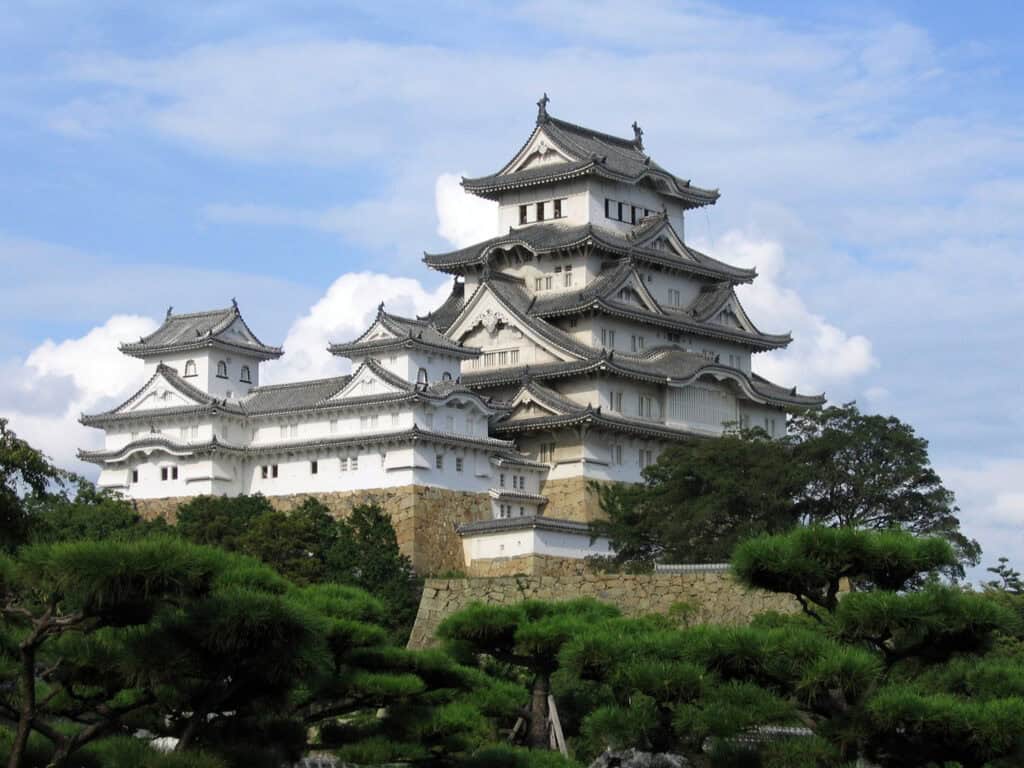
Himeji Castle in Hyōgo, also known as the “White Heron Castle” for its brilliant white exterior, is one of Japan’s most iconic buildings and a UNESCO World Heritage Site, showcasing exceptional architecture ideas.
Originally built in the 14th century and expanded in the early 17th century, the castle is renowned for its intricate design and impressive defensive features, such as a maze-like layout and numerous gates. Visitors can explore its towers, rooms, and courtyards, and enjoy stunning views of the surrounding countryside from the top floors.
3. Todai-ji in Nara
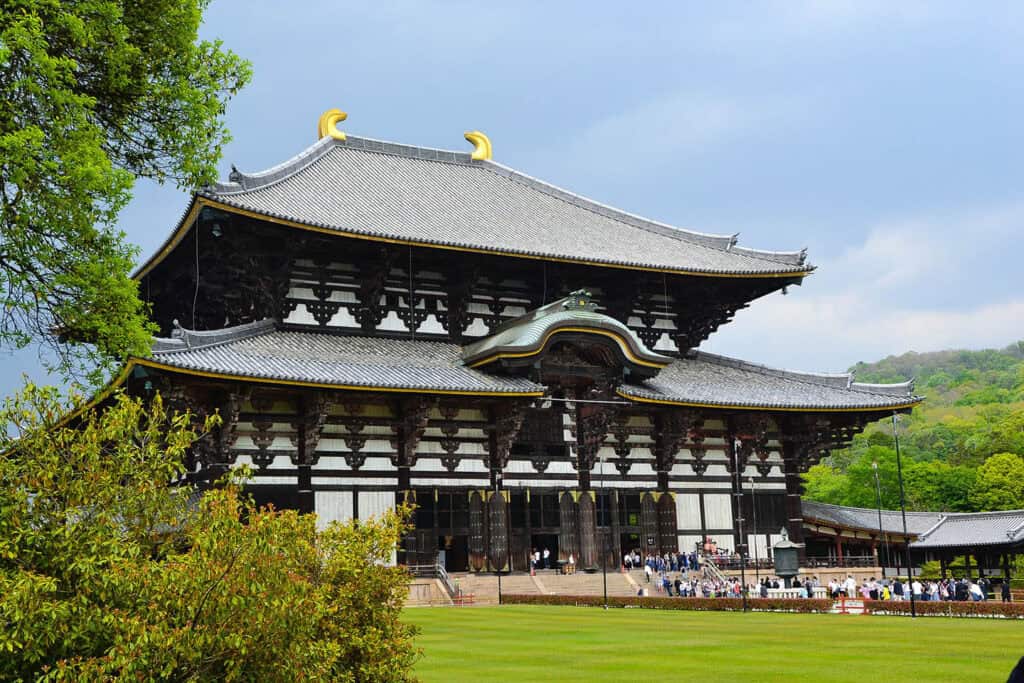
Todai-ji, located in Nara, Japan, is renowned for housing one of the largest bronze statues of the Great Buddha (Daibutsu).
Constructed in the 8th century, the temple is known for its impressive wooden structure, one of the largest of its kind in the world.
Todai-ji reflects the advanced craftsmanship of traditional Japanese builders and is a significant cultural and historical landmark, exemplifying the beauty and intricacy of Buddhist architecture.
4. Itsukushima Shrine
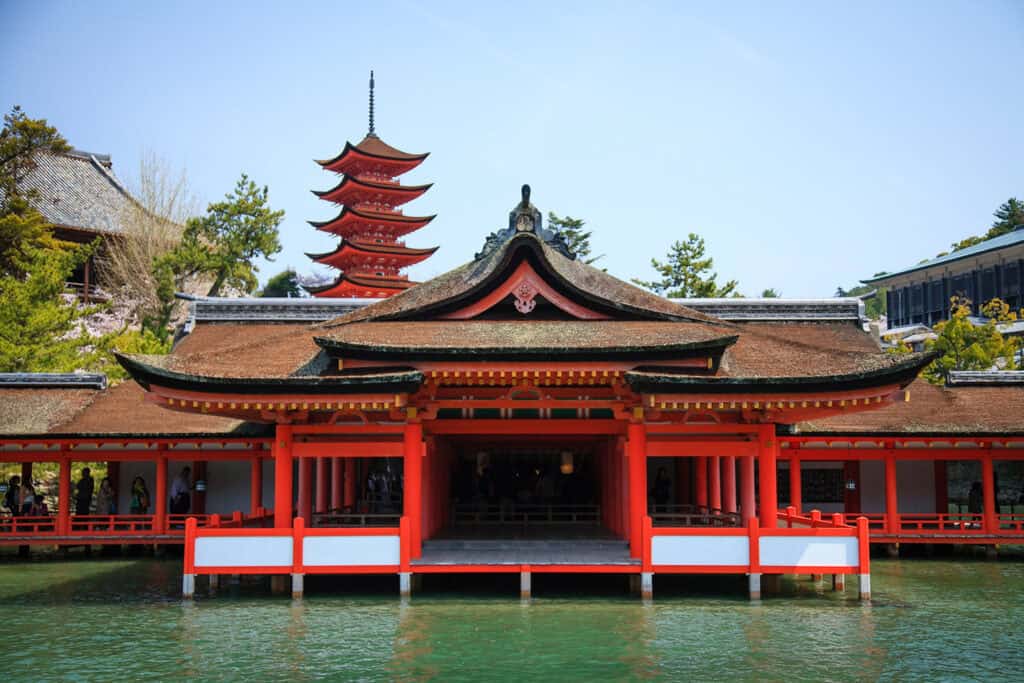
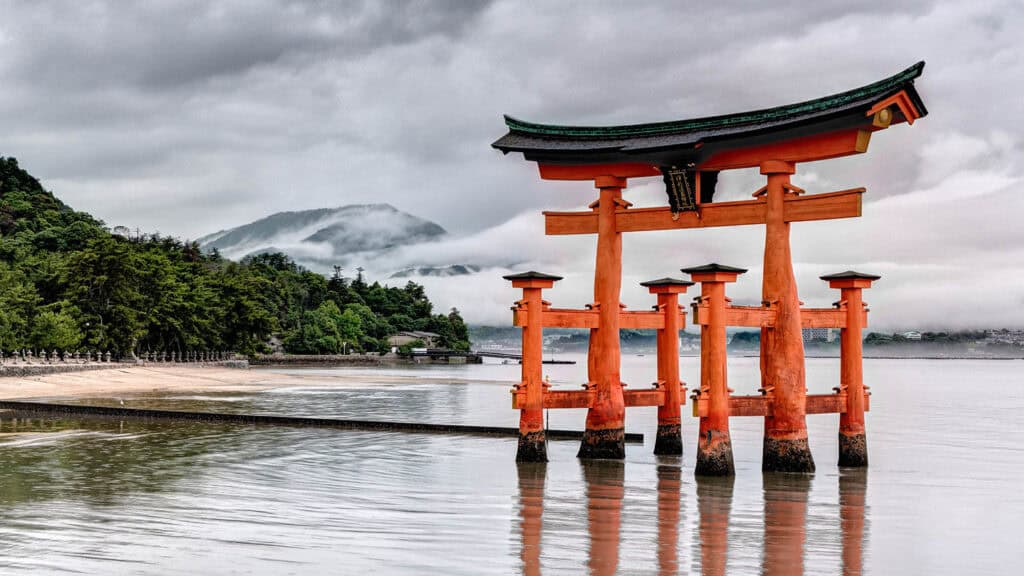
Itsukushima Shrine on Miyajima Island near Hiroshima is famous for its iconic torii gate that appears to float on water at high tide. The shrine, known for its striking architectural building types, offering stunning views of the surrounding landscape and the Seto Inland Sea.
A UNESCO World Heritage Site, Itsukushima Shrine is a major cultural landmark in Japan.
See Also Top 6 Japanese Cultural Cities
Modern Architecture
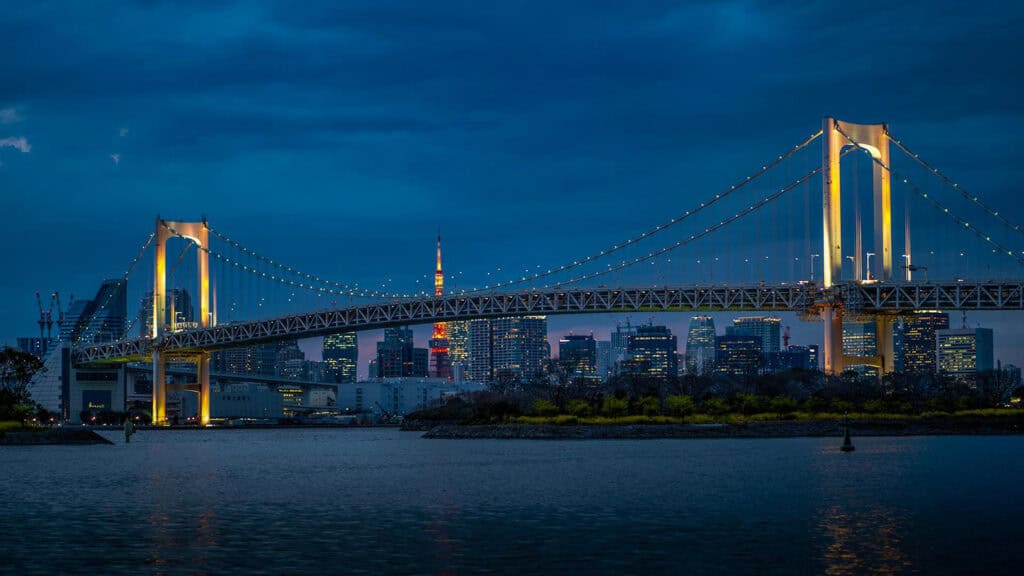
Japan is renowned for its unique blend of traditional and contemporary architecture. Modern Japanese architecture, characterized by its modern style architecture, is a fascinating blend of Western styles and traditional Japanese design principles.
The country is home to many iconic buildings that showcase the best of modern architectural design.
5. Tokyo Skytree
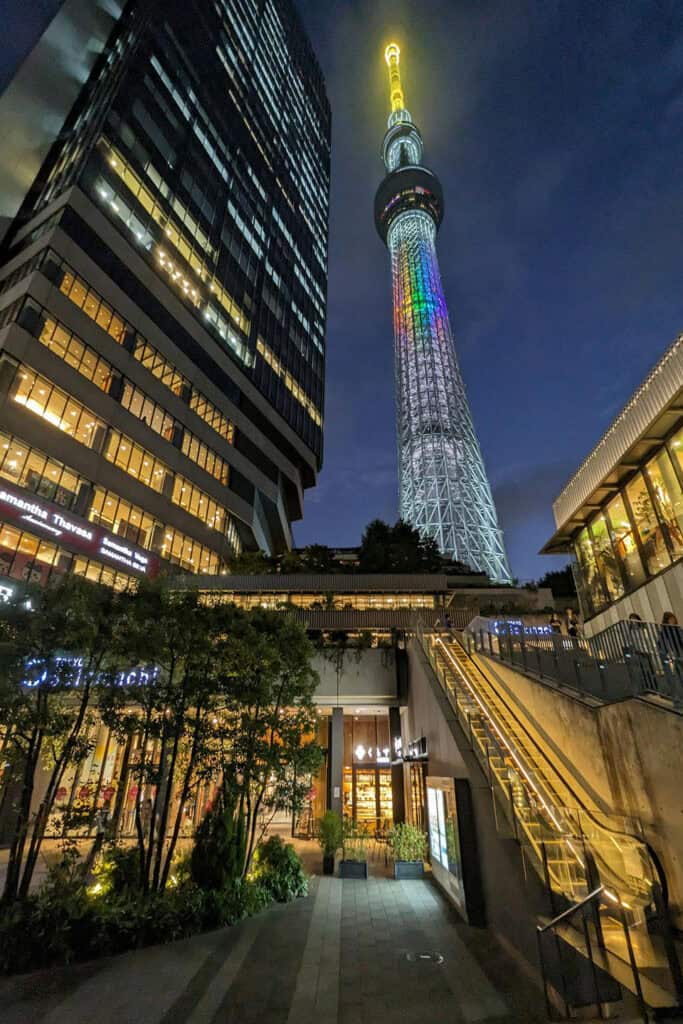
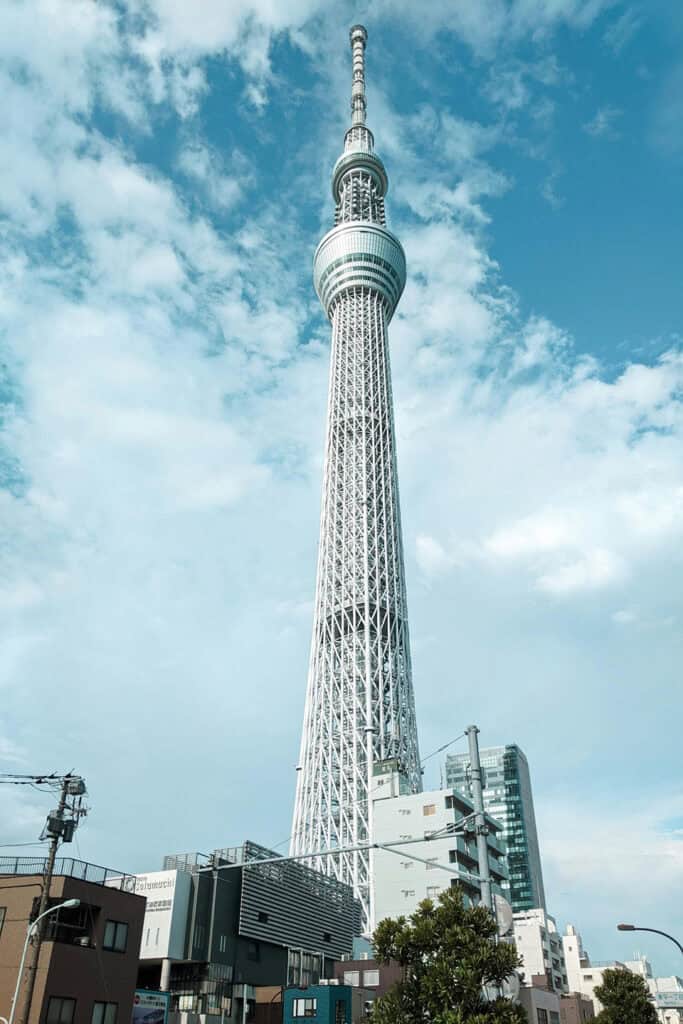
The Tokyo Skytree is indeed the tallest structure in Tokyo, Japan, and the second tallest structure in the world. Designed by the Japanese architect Nikken Sekkei, the Skytree is a modern marvel characterized by its fantasy architecture that offers breathtaking views of the city and serves as a major broadcasting tower as well as a popular tourist attraction.
It is an essential element of Tokyo’s skyline and an iconic symbol of the city’s modernity.
6. Tokyo Tower
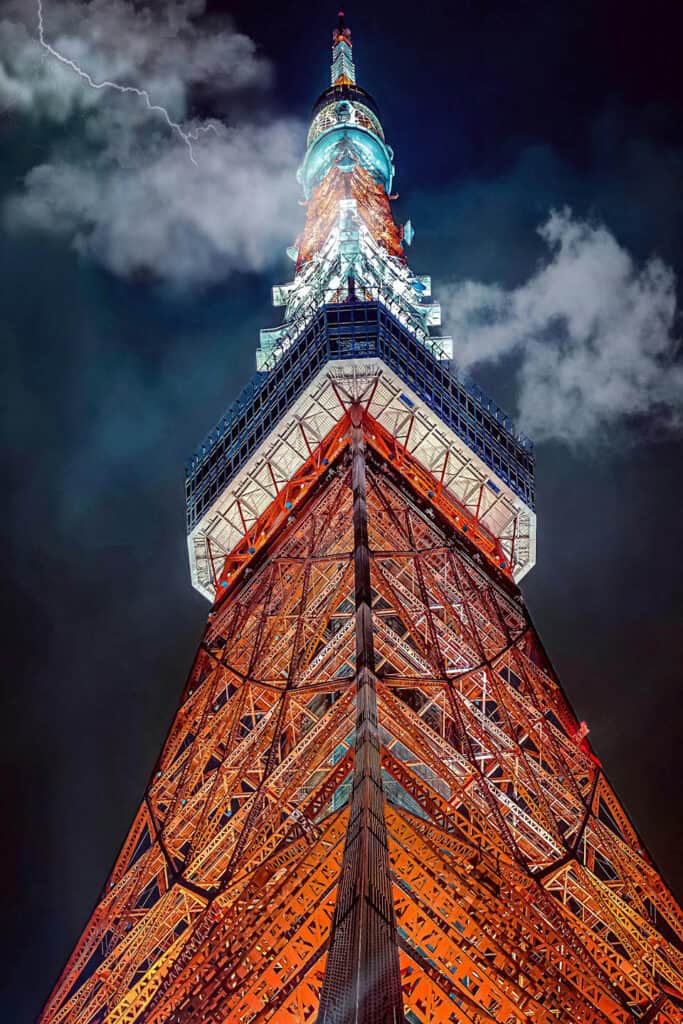
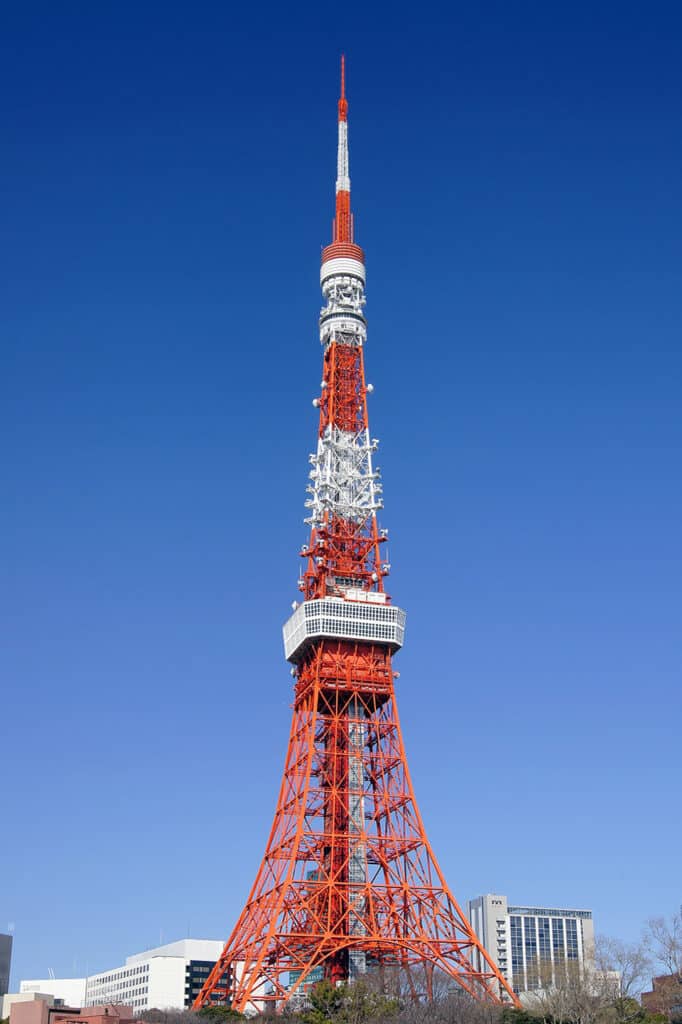
Tokyo Tower, completed in 1958 and designed by Tachū Naitō, is a renowned landmark inspired by the Eiffel Tower.
Standing at 333 meters, it features a distinctive red-and-white lattice structure, representing an example of architectural building types that combines modern engineering with traditional Japanese aesthetics.
The tower serves as a communications and observation tower, offering panoramic views of Tokyo and symbolizing Japan’s post-war reconstruction and technological progress.
7. Fuji Television Building
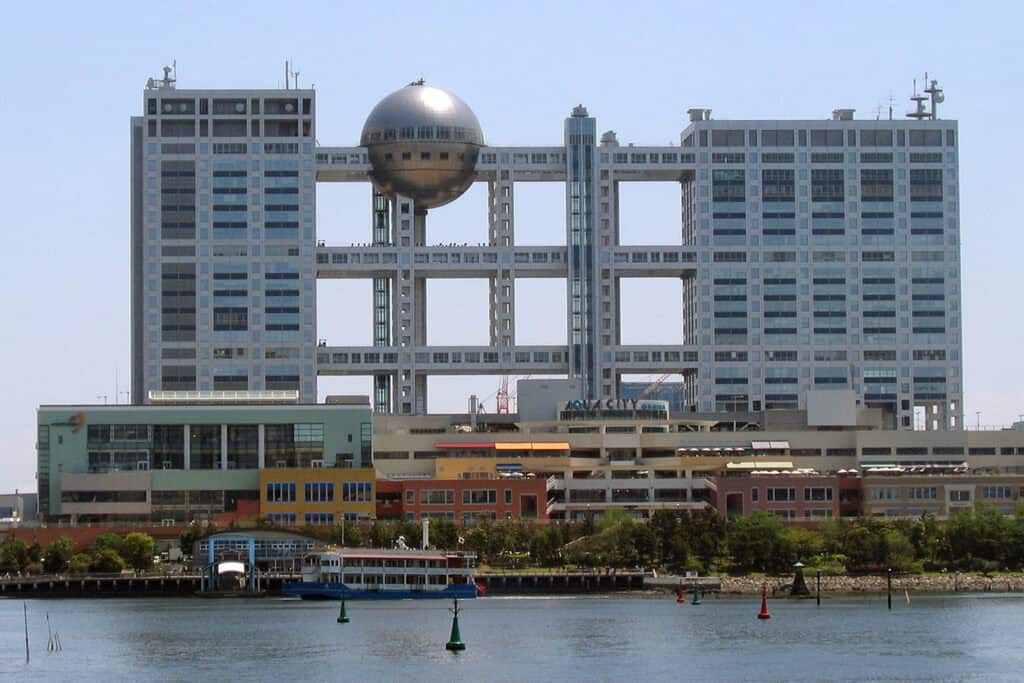
The Fuji Television Building in Tokyo’s Odaiba district, designed by Kenzo Tange and completed in 1997, is known for its futuristic design and distinctive spherical observation deck.
The “Fuji TV Dome” offers panoramic city views and exemplifies modern architectural innovation.
8. Mode Gakuen Cocoon Tower


The Mode Gakuen Cocoon Tower is a modern architectural masterpiece located in Tokyo’s Shinjuku district, often ranked among the best cities for architecture.
Designed by Tange Associates, the tower is a unique blend of contemporary architecture and innovative design. The building’s distinctive shape and use of natural light make it a must-see for anyone interested in modern architecture.
9. National Art Center
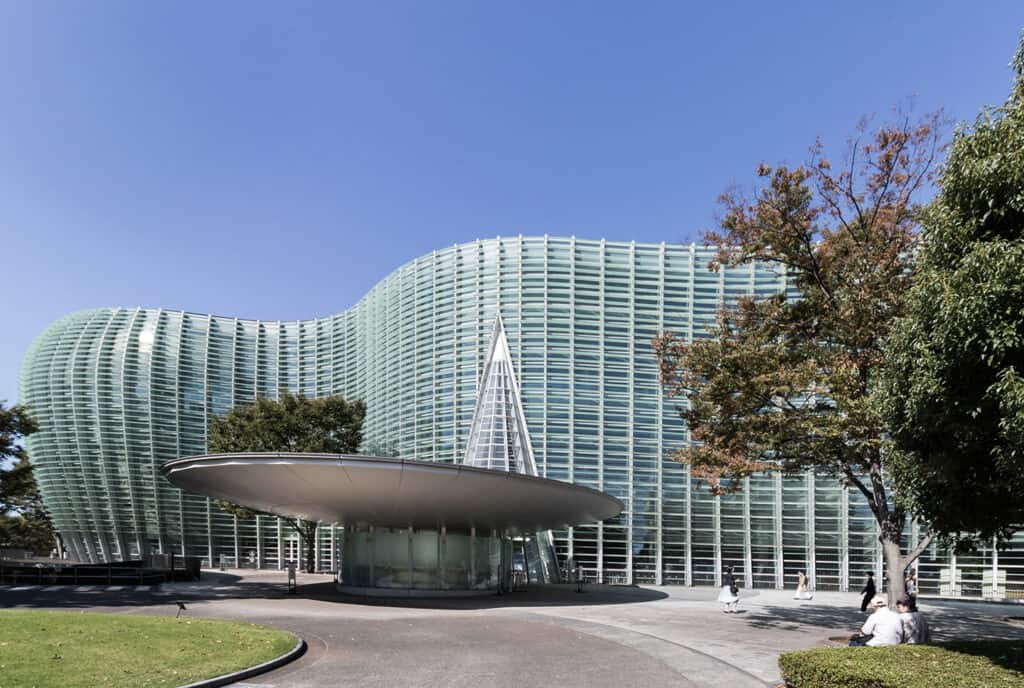
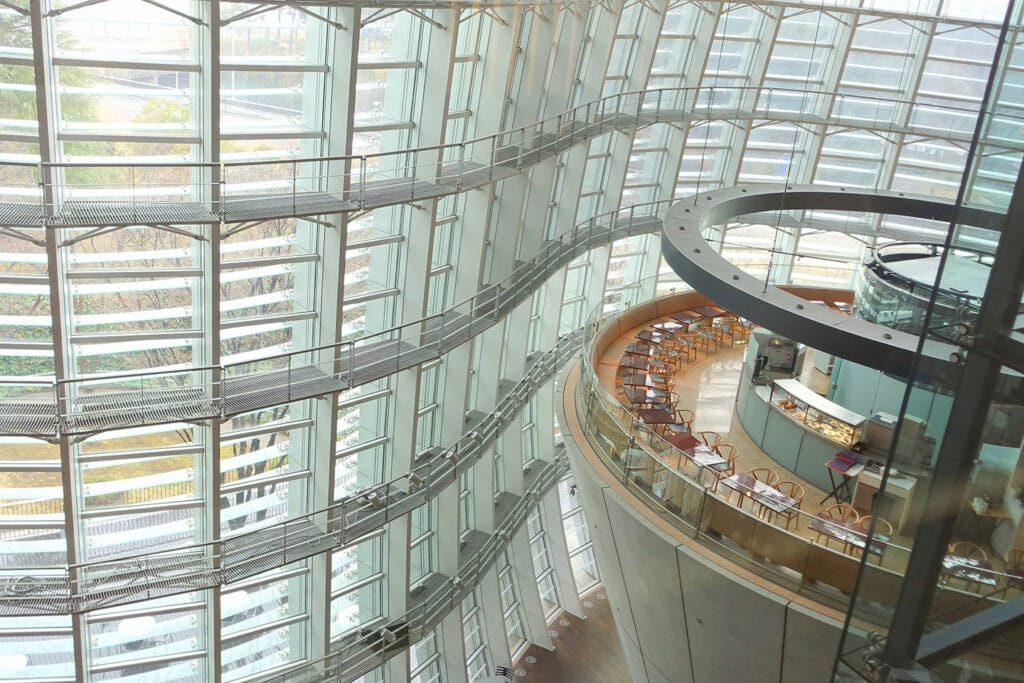
The National Art Center in Tokyo is a stunning example of modern Japanese architecture. The building’s design is a unique blend of contemporary architecture and traditional Japanese design principles.
The museum’s use of natural light and its innovative design make it a popular destination for art enthusiasts and architecture aficionados alike.
10. Kyoto Station
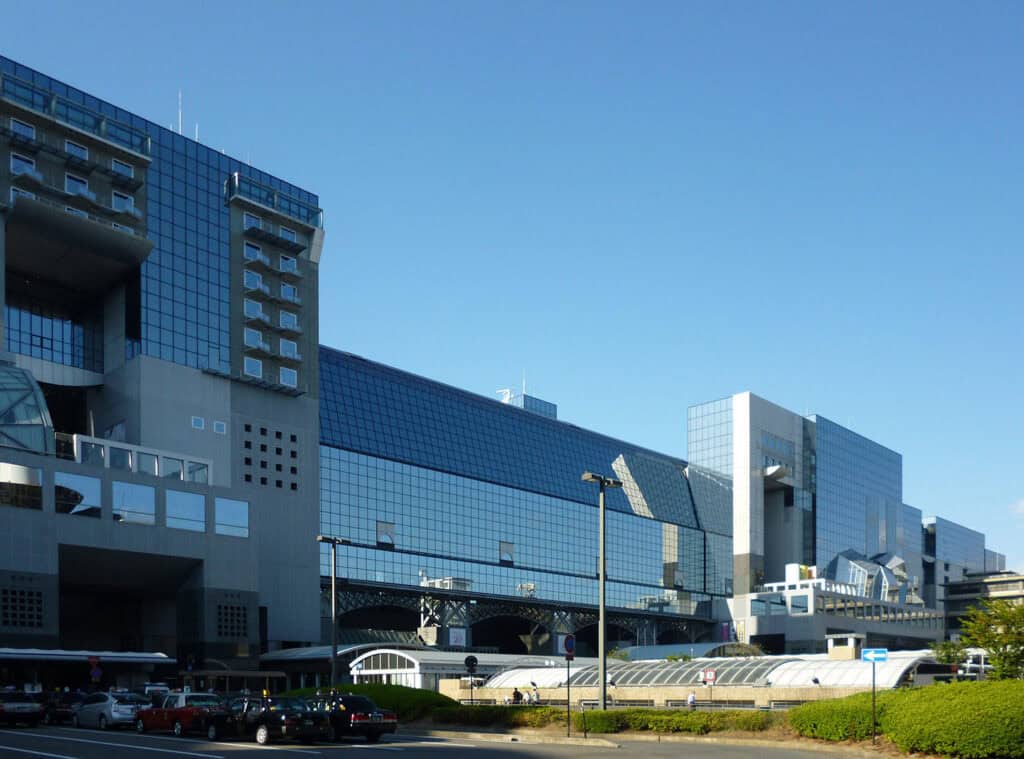
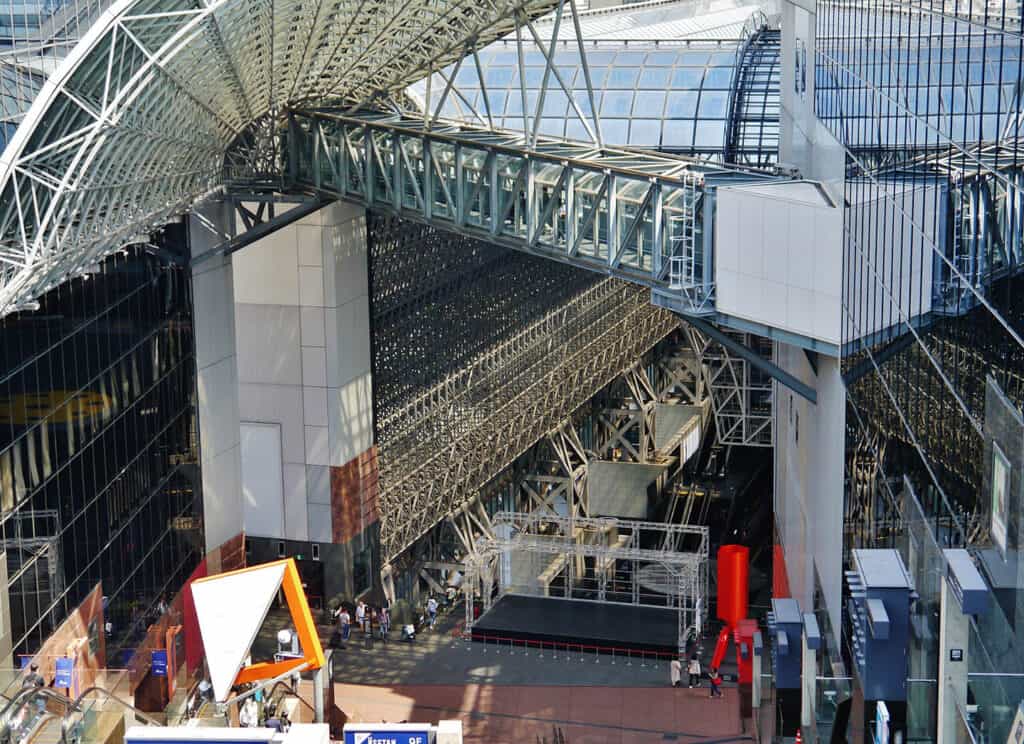
Kyoto Station, designed by Hiroshi Hara and completed in 1997, is a modern transportation hub with a striking glass and steel façade.
Its futuristic design features a multi-level layout and spacious interiors that enhance passenger flow. The station is both a key transportation node and a notable architectural landmark.
See Also Tallest Buildings in Japan
Contemporary and Cutting-edge Designs

Contemporary architecture in Japan is a unique blend of traditional design practices, vintage architecture and modern, cutting-edge designs.
Many Japanese architects have gained international recognition for their innovative work, including prestigious Pritzker Architecture Prize winners such as Shigeru Ban and Kazuyo Sejima.
11. 21_21 Design Sight
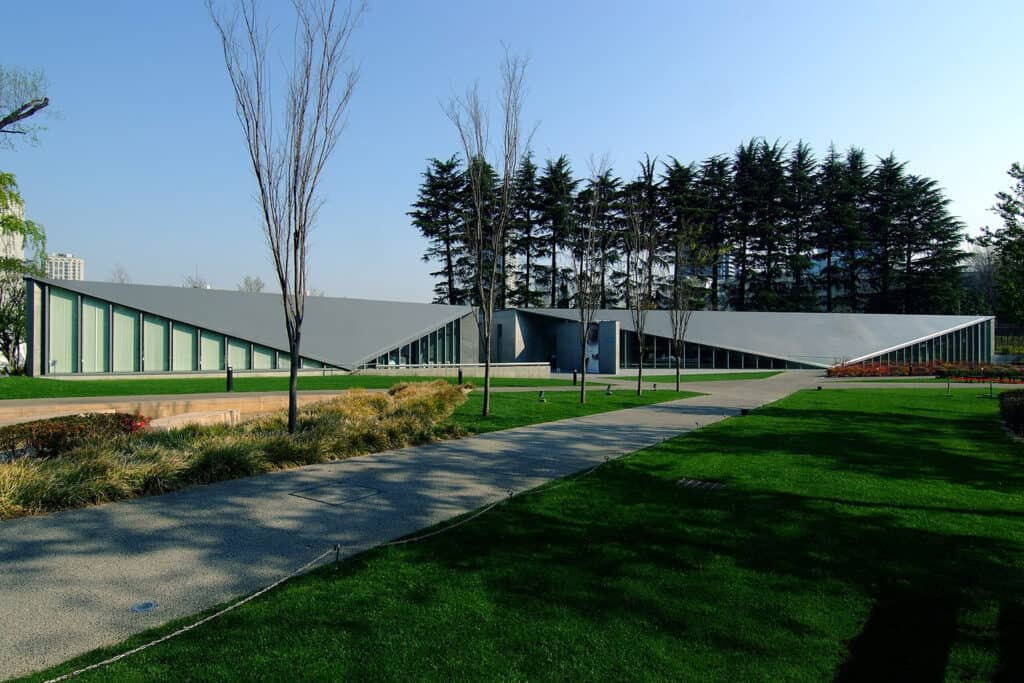
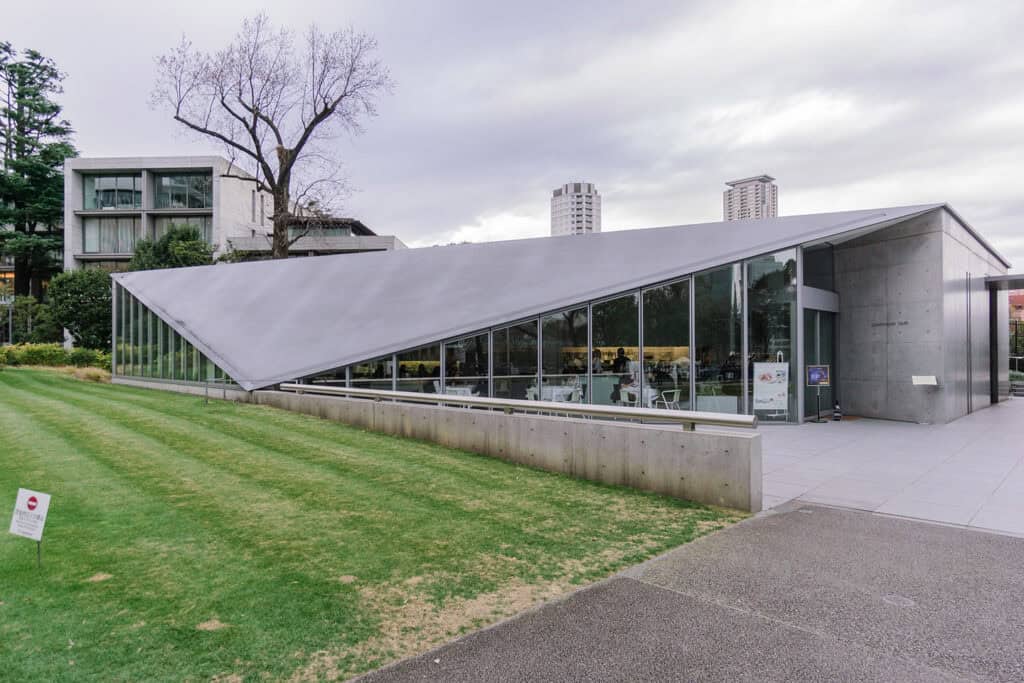
The 21_21 Design Sight Museum in Tokyo, designed by Tadao Ando, is a notable contemporary architectural landmark. Its distinctive concrete and glass structure includes a unique glass pavilion that fills the interior with natural light.
The museum hosts exhibitions on product design, fashion, and architecture, highlighting the intersection of design and everyday life, showcasing works by various architecture artists.
12. The Sumida Hokusai Museum
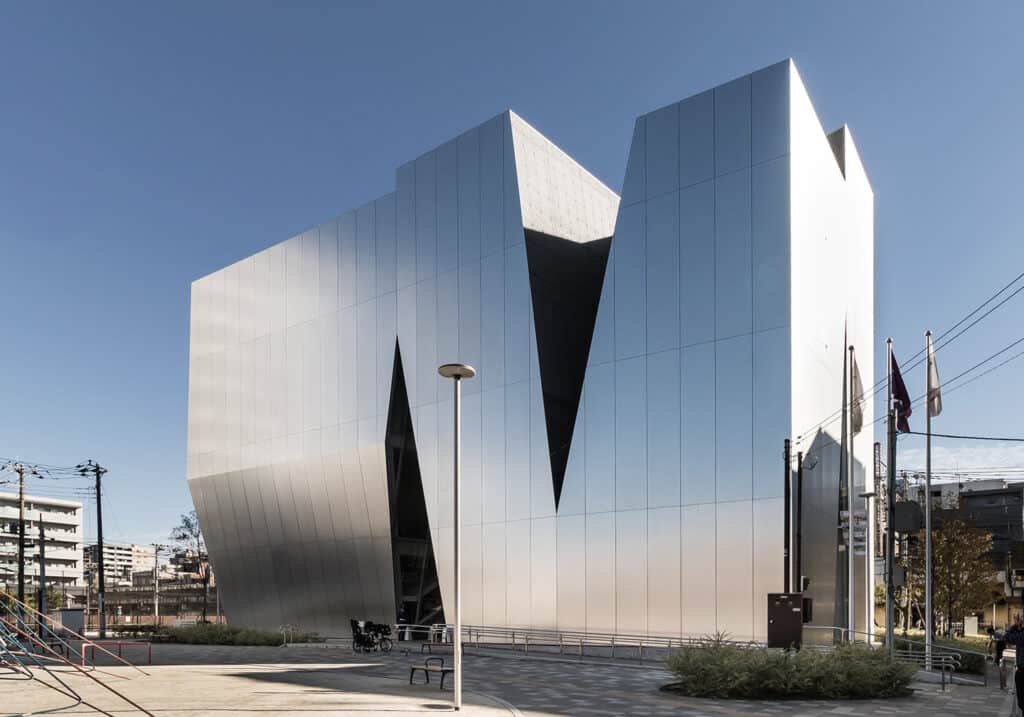
The Sumida Hokusai Museum in Tokyo, designed by Kazuyo Sejima, is renowned for its minimalist and fluid architectural design, showcasing innovative interior column design ideas.The building features a flowing, undulating glass facade that reflects the fluidity of Hokusai’s prints.
The museum’s architecture emphasizes transparency and light, creating a serene and elegant space that complements the display of traditional artwork. The use of clean lines and innovative materials highlights its contemporary design and enhances the visitor experience.
13. The Yoyogi National Gymnasium
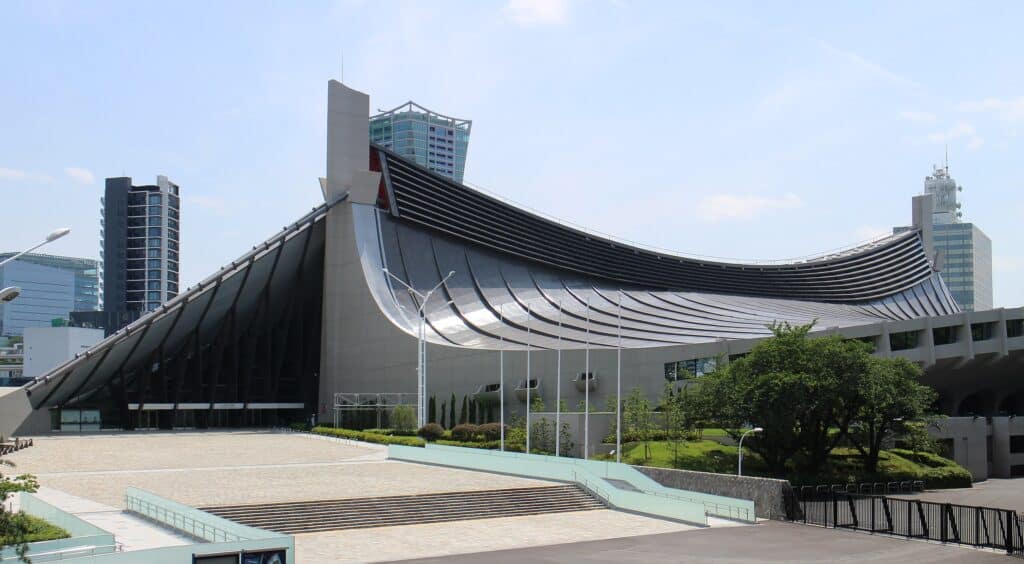
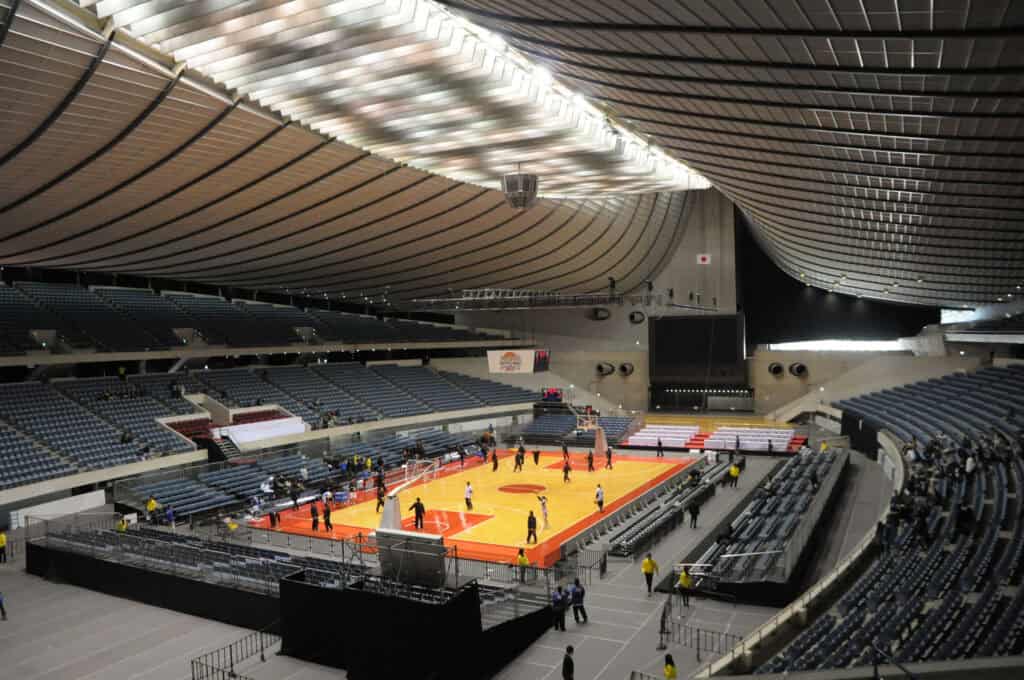
The Yoyogi National Gymnasium, designed by Kenzo Tange, is celebrated for its striking, sweeping roof supported by curved suspension cables.
Originally constructed for the 1964 Tokyo Olympics, the gymnasium features a modernist design with clean lines and a spacious interior. Its innovative architectural elements have established it as a timeless symbol of contemporary design in Japan.
Japan’s architectural marvels seamlessly intertwine ancient traditions with modern innovations. From the serene beauty of Kinkaku-ji and the grandeur of Himeji Castle to the futuristic allure of Tokyo Skytree and the iconic design of Tokyo Tower, each structure offers a unique glimpse into Japan’s rich heritage and cutting-edge advancements.
These landmarks, ranging from historical treasures to contemporary masterpieces, reflect Japan’s dynamic architectural evolution and cultural depth.
See Also Chinese vs. Japanese Architecture
Famous Architecture in Japan: A Recap
In conclusion, Japan’s architecture beautifully blends historical significance and modern innovation. From the serene beauty of Kinkaku-ji (Golden Pavilion) to the majestic Himeji Castle and the spiritual presence of Todai-ji in Nara, each site tells a unique story of the country’s rich cultural heritage.
Additionally, modern architectural marvels showcase Japan’s forward-thinking design and creativity.
Collectively, these 13 iconic places not only reflect Japan’s past but also its dynamic present, making them essential destinations for anyone interested in the artistry and evolution of architecture in this remarkable nation.










